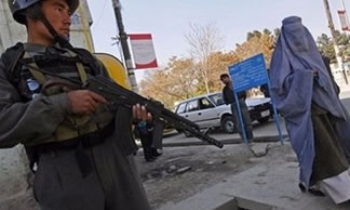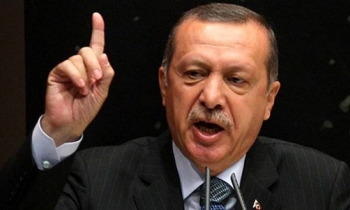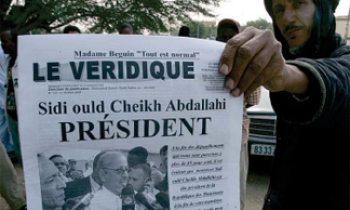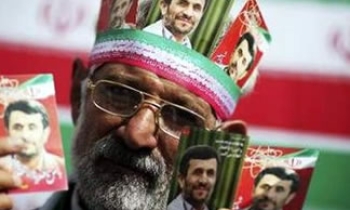(AXcess News) Washington - Some editorial cartoonists and other journalists Friday applauded U.S. newspapers that reprinted the Danish cartoons depicting the Prophet Muhammad.
"Our newspapers ought to have shown the cartoons to say this is what has caused so much trouble," said Signe Wilkinson, a Pulitzer Prize wining cartoonist for the Philadelphia Daily News.
Wilkinson said U.S. newspapers failed the test to publish the cartoons. She said only one cartoon has been discussed widely in American media. It depicts Muhammad's turban as a bomb.
Many European and a few U.S. newspapers including the Philadelphia Inquirer, Austin American-Statesman and Rocky Mountain News have printed some of the cartoons, which caused riots in the Muslim world. The Danish paper, Jyllands-Posten, first published 12 cartoons depicting Muhammad in September.
Paul McMasters, First Amendment Center ombudsman, criticized the majority of papers that have not published the cartoons for failing to make a decision. Providing links to the cartoons on their Web sites "is not a decision," McMasters said.
McMasters and Wilkinson said readers can't understand the controversy if they haven't seen the cartoons.
The First Amendment Center and the Newseum, which sponsored the panel discussion, are both projects of the Freedom Forum.
Ed Stein, editorial cartoonist for the Rocky Mountain News in Denver, agreed in an interview that linking to the cartoons does not provide readers with enough information. Editors need to decide to print them or not, he said.
"That's what an editor is paid to do, make a choice," he said.
Stephen Gram, Washington bureau chief for Danish Broadcasting, said the Danish newspaper published the cartoons for a combination of reasons. Denmark, a small homogenous country, hasn't done a good job of dealing with immigrants who have arrived over the past 20 to 30 years, many of them Muslims, he said.
"We do not, for fear, want to confront the Muslim community in this country," Gram said.
That fear has led newspapers to practice self-censorship, he said. Jyllands-Posten solicited the cartoons and published them as a challenge to censorship, its editor told The New York Times.
Newspapers can no longer assume their work will remain local, in a world with the Internet, McMasters said.
European papers published the cartoons despite fear of government retaliation or censorship. McMasters explained to an audience that included journalists from Muslim countries and the U.S. that the rest of the world does not understand that the U.S. government cannot tell a newspaper what to publish.
Mamoun Fandy, a Washington-based columnist for the Arabic-language newspaper Asharq Al-Awsat in London, said the cartoons tell him there is a failure by the rest of the world to make an effort to understand the Muslim world.
He explained that some modern Muslims and others may equate Muhammad's role to that of Jesus in Christianity, but the Koran says he was a person like any other who received a message from God and delivered it to others. Muslims generally do not depict Muhammad to avoid deifying him.
A few Muslim publications printed the cartoons and got little reaction because they understand the Muslim world, Fandy said.
Ann Telnaes, a cartoonist whose work is syndicated by the New York Times, was in the audience. She said she doubts the cartoon controversy will be the last misunderstanding between the Muslim and Western worlds.
"I think it's going to get worse before it gets better," Telnaes said.









